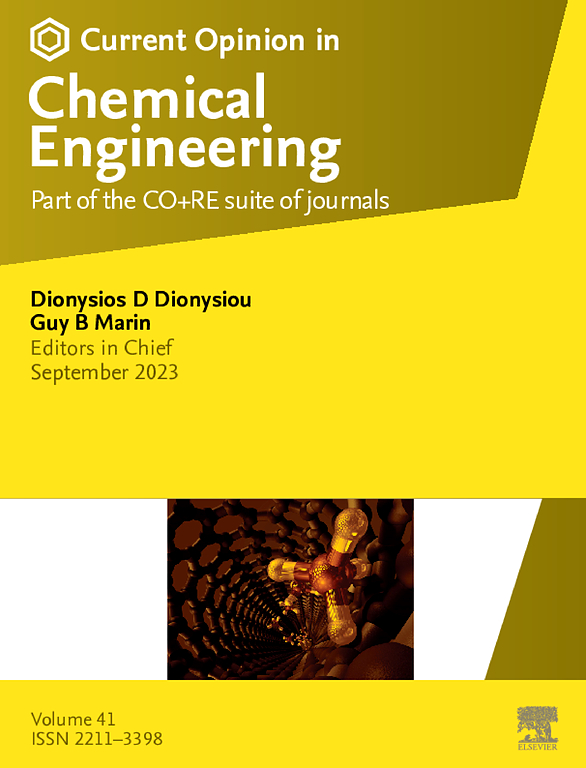Impact of modeling and simulation on pharmaceutical process development
IF 6.8
2区 工程技术
Q1 BIOTECHNOLOGY & APPLIED MICROBIOLOGY
引用次数: 0
Abstract
This paper explores recent advancements and future directions in the application of modeling and simulation for pharmaceutical process development. As the rising cost of drugs becomes a global concern, particularly in countries like Japan, where manufacturing costs and research and development (R&D) expenses significantly influence drug pricing, there is growing interest in leveraging digital technologies to enhance efficiency and reduce costs. While modeling and simulation hold promises for streamlining R&D and lowering manufacturing expenses, the full extent of their impact remains to be clarified. This paper discusses the key factors that must be considered to maximize their effectiveness, providing an overview of recent studies in three key modalities: small molecules, biopharmaceuticals, and regenerative medicine. The paper concludes by emphasizing the need for long-term investment to fully realize the potential of modeling and simulation in this field.
建模和仿真对制药工艺开发的影响
本文探讨了建模和仿真在制药工艺开发中的应用的最新进展和未来方向。随着药品成本上升成为全球关注的问题,特别是在生产成本和研发费用严重影响药品定价的日本等国家,人们对利用数字技术提高效率和降低成本的兴趣日益浓厚。虽然建模和仿真有望简化研发和降低制造成本,但其影响的全部程度仍有待澄清。本文讨论了必须考虑的关键因素,以最大限度地提高其有效性,提供了最近的研究概述在三个关键模式:小分子,生物制药和再生医学。文章最后强调,要充分发挥该领域建模和仿真的潜力,需要长期投资。
本文章由计算机程序翻译,如有差异,请以英文原文为准。
求助全文
约1分钟内获得全文
求助全文
来源期刊

Current Opinion in Chemical Engineering
BIOTECHNOLOGY & APPLIED MICROBIOLOGYENGINE-ENGINEERING, CHEMICAL
CiteScore
12.80
自引率
3.00%
发文量
114
期刊介绍:
Current Opinion in Chemical Engineering is devoted to bringing forth short and focused review articles written by experts on current advances in different areas of chemical engineering. Only invited review articles will be published.
The goals of each review article in Current Opinion in Chemical Engineering are:
1. To acquaint the reader/researcher with the most important recent papers in the given topic.
2. To provide the reader with the views/opinions of the expert in each topic.
The reviews are short (about 2500 words or 5-10 printed pages with figures) and serve as an invaluable source of information for researchers, teachers, professionals and students. The reviews also aim to stimulate exchange of ideas among experts.
Themed sections:
Each review will focus on particular aspects of one of the following themed sections of chemical engineering:
1. Nanotechnology
2. Energy and environmental engineering
3. Biotechnology and bioprocess engineering
4. Biological engineering (covering tissue engineering, regenerative medicine, drug delivery)
5. Separation engineering (covering membrane technologies, adsorbents, desalination, distillation etc.)
6. Materials engineering (covering biomaterials, inorganic especially ceramic materials, nanostructured materials).
7. Process systems engineering
8. Reaction engineering and catalysis.
 求助内容:
求助内容: 应助结果提醒方式:
应助结果提醒方式:


